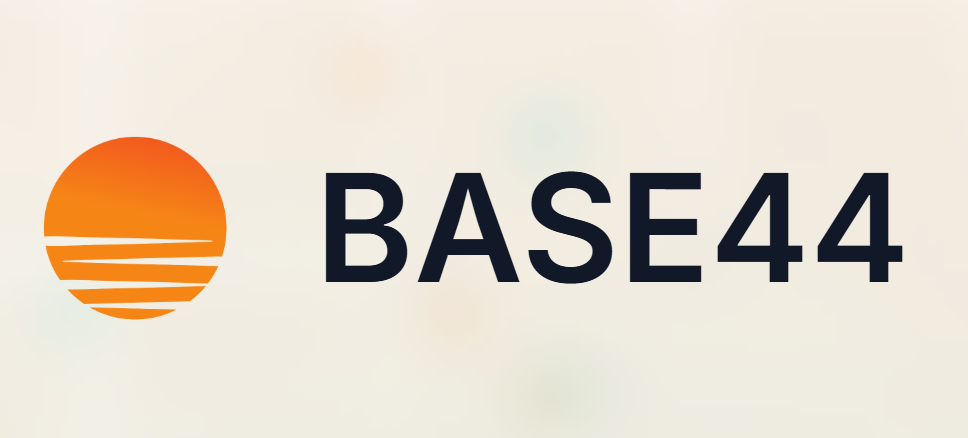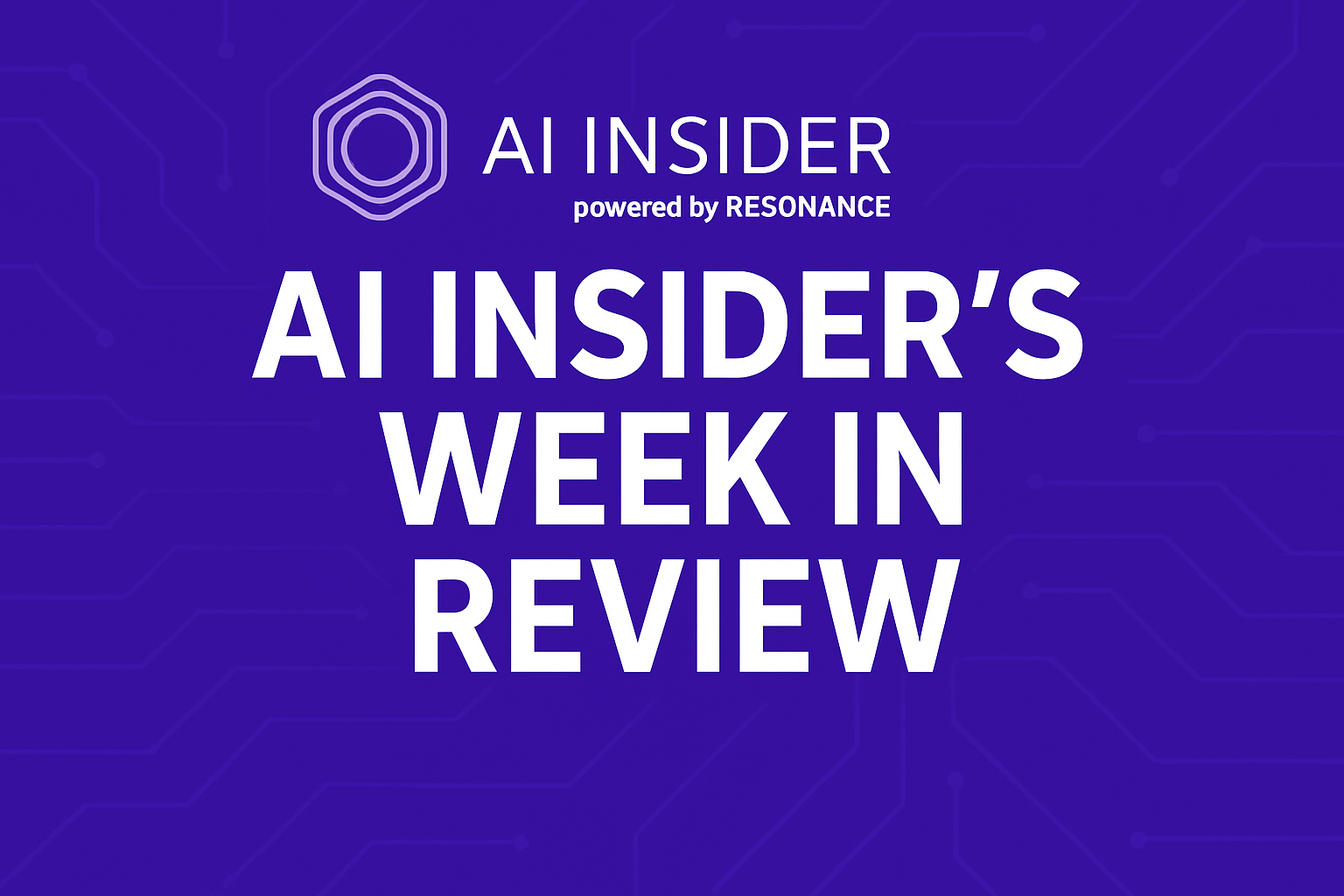According to TechCrunch, Bhavish Aggarwal, founder of Ola, is investing $230 million into his AI startup Krutrim as India accelerates efforts to compete in artificial intelligence against U.S. and Chinese firms. The funding, largely sourced through his family office, marks a major push to develop large language models (LLMs) optimized for Indian languages. Aggarwal announced on X that Krutrim aims to raise $1.15 billion by next year, with the remaining funds expected to come from external investors.
As part of its expansion, Krutrim has open-sourced its AI models and unveiled plans to build India’s largest supercomputer in collaboration with Nvidia. The startup recently introduced Krutrim-2, a 12-billion-parameter language model, which has demonstrated superior performance in sentiment analysis and code generation for Indian languages. Published results show Krutrim-2 outperforming existing models, with a 0.95 sentiment analysis score compared to 0.70 from competitors and an 80% success rate in coding tasks.
Aggarwal acknowledged that Krutrim has yet to meet global AI benchmarks, but he emphasized that significant progress has been made in just one year. He expressed confidence that by open-sourcing Krutrim’s models, the Indian AI community could collaborate to build a world-class AI ecosystem.
The startup has also developed BharatBench, an evaluation framework designed to measure AI proficiency in Indian languages, addressing gaps in existing benchmarks that primarily focus on English and Chinese. Krutrim-2’s 128,000-token context window enables more complex conversations and longer text processing, with high scores in grammar correction (0.98) and multi-turn conversations (0.91).
India’s AI ambitions gained further momentum last week when the country announced it would host China’s DeepSeek LLMs on domestic servers. Krutrim Cloud has already begun offering DeepSeek on Indian infrastructure. The investment follows the January launch of Krutrim-1, India’s first 7-billion-parameter LLM, and the supercomputer’s deployment with Nvidia, which is scheduled to go live in March with further expansion planned throughout the year.






